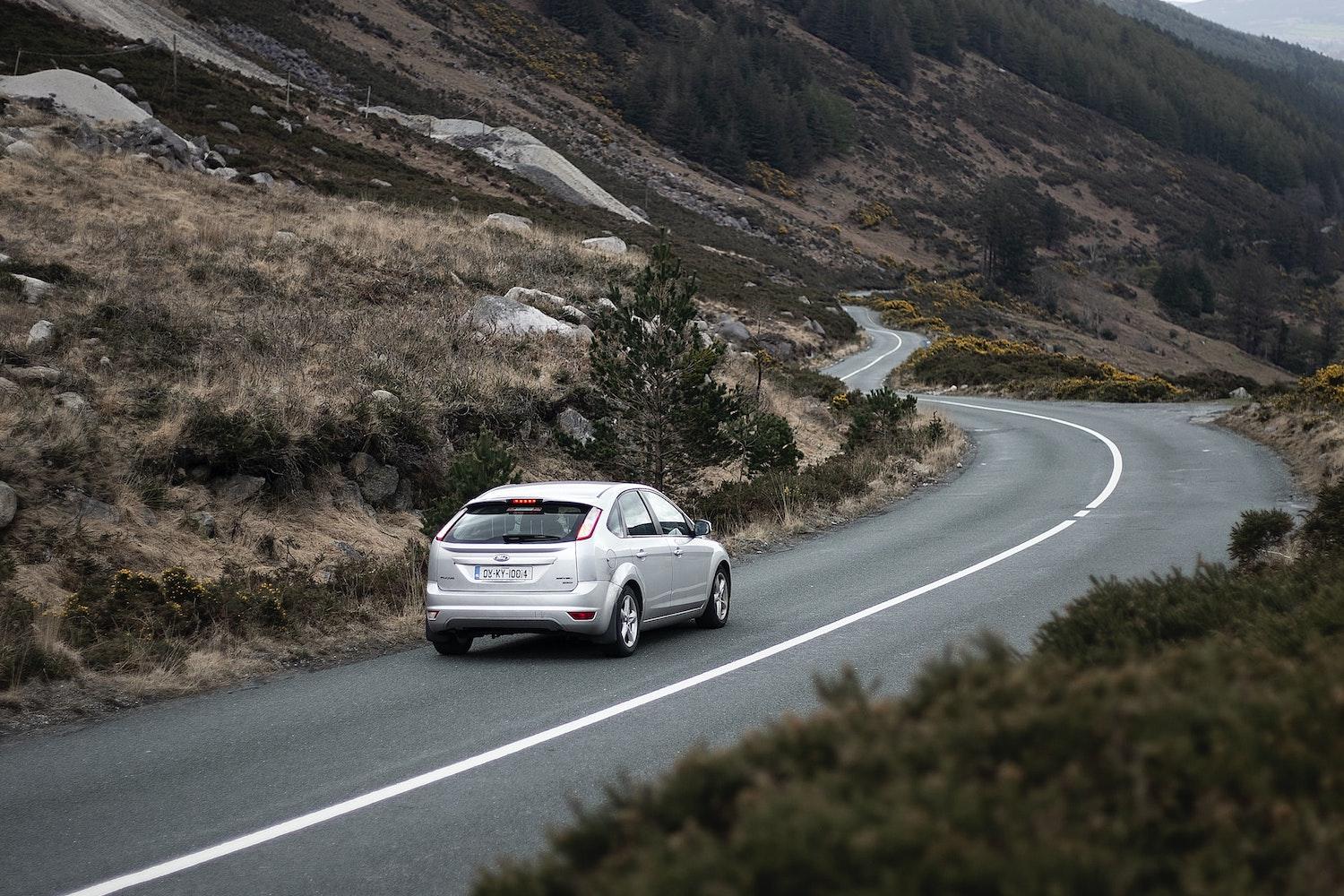
The purpose of this study was to characterize the physical and chemical properties of particles generated from the interaction of tires and road surfaces.
Morphology, size distribution, and chemical composition were compared between particles generated using different methods, including on-road collection, laboratory generation under simulated driving conditions, and cryogenic breaking of tread rubber.
Both on-road collected and laboratory generated particles exhibited the elongated shape typical of tire wear particles, whereas tread particles were more angular. Despite similar morphology for the on-road collected and the laboratory generated particles, the former were smaller on average.
It is not clear at this stage if the difference is significant to the physical and chemical behavior of the particles.
The chemical composition of the particles differed, with on-road generated particles containing chemical contributions from sources other than tires, such as pavement or particulates generated from other traffic-related sources.
Understanding the differences between these particles is essential in apportioning contaminant contributions to the environment between tires, roadways, and other sources, and evaluating the representativeness of toxicity studies using different types of particulate generated.








